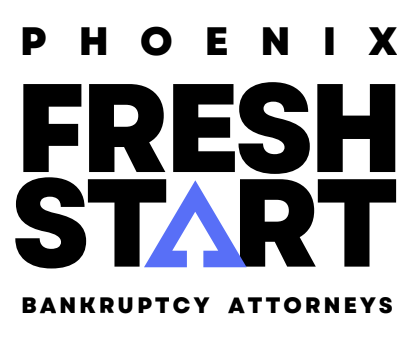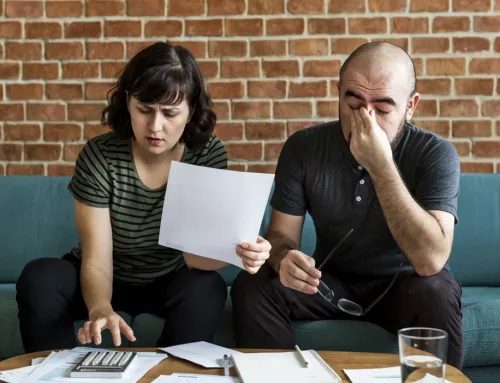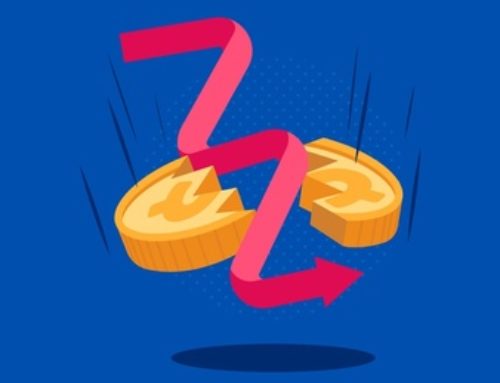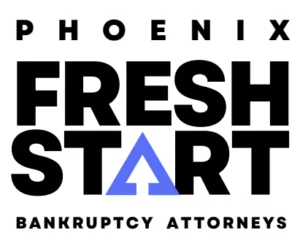Objecting to a Chapter 13 Motion to Dismiss
During the Chapter 13 bankruptcy process, you will create a debt repayment plan that will last between 3-5 years. One unique thing about a Chapter 13 repayment plan is it allows you to repay just a fraction of all other debts, such as a medical and credit card debt while giving you time to make up the missed car and house payments. However, if you fail to make your plan payments, the Chapter 13 trustee can petition the bankruptcy court for a dismissal of your case. Objecting to a Chapter 13 motion to dismiss should be your first priority if you want to prevent a dismissal of your case.
If the bankruptcy court approves the motion of the Chapter 13 trustee to dismiss over your objection, you will lose your bankruptcy protection. Your automatic stay protection will be withdrawn, you will not get a debt discharge, and your creditor can resume debt collection measures. To prevent this gloomy scenario, you should contact Phoenix Fresh Start Bankruptcy Attorneys. We have helped numerous Phoenix, Arizona citizens and others obtain a fresh start in their finances and be debt-free. Call us now to arrange a FREE, NO-OBLIGATION, STRESS-FREE FINANCIAL ANALYSIS with our Phoenix bankruptcy lawyer!
Chapter 13 Bankruptcy: A Brief Background
Chapter 13 of the United States Bankruptcy Code allows debtors to present a debt repayment plan while under the protection of the bankruptcy court. It is called Chapter 13 because it is the 13th Chapter of the United States Bankruptcy Code (11 USC Title 11). The goal of Chapter 13 is to allow a Chapter 13 debtor with a regular source of income to establish a Chapter 13 debt repayment plan that deals with their different classes of creditors. The Bankruptcy Court has the authority under chapter 13 to approve a chapter 13 plan without the consent of creditors as long as it fits the statutory conditions under the Chapter 13 bankruptcy code.
Chapter 13 bankruptcy is only open to the self-employed, wage earners, and sole proprietors (one-person businesses). To qualify for Chapter 13, you must have a regular income, have filed the necessary tax return for tax periods ending within 4 years of your bankruptcy filing, and fulfill other requirements listed in the bankruptcy code.
To get the most out of bankruptcy laws and get a fresh start, it’s important not to avoid getting into more debt. If you are filing bankruptcy because of overdue federal tax debt, you might need to raise your withholding and/or estimated tax payments. Visit the IRS’s online Tax Withholding Estimator for assistance in finding the proper withholding. Visit the IRS’s Estimated Taxes page for assistance with your estimated taxes.
Guidelines for Objecting to a Chapter 13 Motion to Dismiss
The bankruptcy procedure for objecting to a Chapter 13 motion to dismiss is determined by the rules of the bankruptcy court where your case is filed. Nevertheless, your first step upon receiving a petition to dismiss should be to read it thoroughly. The motion will explain why the bankruptcy trustee is requesting the dismissal of your Chapter 13 case to the bankruptcy court, which is most likely due to nonpayment. You may be required to attend a hearing to present your case before a bankruptcy judge. The motion will also tell you when you should respond—usually within 21 days. Responding within this time frame and requesting a hearing is critical.
In your response, you must provide facts and an explanation for the trustee’s mistake. For example, if your workplace deducted the plan’s payment from your salary and the Chapter 13 trustee did not get it, you must provide photocopies of your pay slips confirming the deduction. Alternatively, if you sent a check and the trustee encashed it, you would provide a copy of the canceled check with your response.
However, in the event that the bankruptcy trustee is right, you should describe how you plan to resolve the issue. For example, you may be late on your debt repayment plan payments since you moved employment and the new wage order didn’t start immediately. Maybe you did not have the funds to pay due to being out of work because of an accident or sickness.
If there is a solid reason proving that you will be capable of making future payments, the Chapter 13 trustee is often going to work with you in establishing an arrangement that will allow you to remain in Chapter 13.
Are there other options?
Below are some other strategies for objecting to a Chapter 13 motion to dismiss.
Change Your Debt Repayment Plan
If Chapter 13 payments are difficult to do due to a change in your circumstances, you must inform your attorney. A change in your debt repayment schedule could possibly be arranged and you could pay a reduced monthly amount.
To retain your Chapter 13 case, filing papers as well as producing proof proving the change in circumstances is needed. Remember those plan rules need you to pay certain bills in full, including certain taxes, mortgage debt, and support arrears. A modification will not be allowed if your income falls to the point that you are unable to make the minimum required payments.
Request a Hardship Discharge.
The bankruptcy court may possibly grant an early hardship discharge if you’ve been working on your case for a long enough period of time. You need to be capable of showing many things, including:
- You can’t really change your debt repayment plan.
- You are unable to pay due to factors beyond your power, and
- You have paid the unsecured creditors (often all creditors except those holding your auto or house note) whatever they could have gotten under a Chapter 7 bankruptcy case.
Your attorney will have to file a motion with the bankruptcy court requesting the hardship discharge and present evidence. Hardship discharges are rare, although they may occur in limited cases.
Convert Your Bankruptcy Case to a Chapter 7 Case
If both you and your attorney determine that you cannot afford to pay your Chapter 13 plan payments, you may convert your case to a Chapter 7 bankruptcy. You must pass the means test to prove that your income is low enough to be qualified for Chapter 7.
Another risk of converting to a Chapter 7 case is losing your nonexempt assets (property that cannot be protected by a bankruptcy exemption) to the Chapter 7 trustee. Furthermore, if you are still behind on your mortgage or auto payments, you’ll have to work out a plan with your creditors to retain those assets. Otherwise, you risk repossession or foreclosure.
Let the Bankruptcy Court Dismiss Your Case
You don’t have to take any action if you decide it’s best to withdraw from the Chapter 13 lawsuit. This strategy may be useful if your financial position has massively changed or if you are unable to convert to Chapter 7 bankruptcy for a variety of reasons.
Typically, the case will be dismissed without prejudice by the bankruptcy court (this means you can file again immediately). If the court believes substantial abuse of the bankruptcy process was committed or that you behaved in bad faith, your case may be dismissed with prejudice. You will be unable to file until the period specified in the dismissal order expires.
Once dismissed, it is as if you have never filed for bankruptcy. You will lose the automatic stay protection, which stopped your creditors from pursuing to collect from you while you were filing for bankruptcy. Creditors will be allowed to garnish your wages, attaching your bank accounts, and place a lien on your property.
Refile Your Case
If your case is dismissed without prejudice, you may file again and restart the Chapter 13 process, or if you qualify, you can file a Chapter 7 bankruptcy. Note that the automatic stay only lasts for 30 days, so your lawyer will need to petition the bankruptcy court to extend it if you are filing within a year after the dismissal.
Converting to a Chapter 7 Case to Avoid a Chapter 13 Dismissal
Your circumstances will decide whether or not conversion is a possibility. A bankruptcy court will possibly accept a “notice” and a small conversion fee. For example, if you lose your job and are unable to finish your Chapter 13 plan payment, you may be eligible for Chapter 7.
However, be certain that you will not encounter any issues while converting a case. If you fall behind on your mortgage payments or own personal property with non-exempt equity, you may lose it under a Chapter 7 case.
Why Would Dismissing a Bankruptcy Be Difficult?
Almost all bankruptcy cases begin when the debtor files a bankruptcy petition with the court. It is conceivable for creditors to pressure someone into filing for Chapter 7 or Chapter 11 bankruptcy. However, involuntary bankruptcies are exceedingly rare, accounting for approximately 0.05% of all bankruptcy cases, with 50% – 75% being dismissed. Furthermore, involuntary bankruptcy proceedings may backfire on creditors since the standards are quite strict, and failing to complete these requirements can lead to harsh penalties against creditors.
Seek Advice From an Arizona Attorney when Reorganizing Your Finances
If an Arizona trustee makes a motion to dismiss your Chapter 13 case, you should contact a bankruptcy attorney about the potential ramifications of objecting to a Chapter 13 motion to dismiss under Arizona law.
Phoenix Fresh Start Bankruptcy Attorneys can give legal advice to clients in Phoenix, Goodyear, and Tucson to fight a motion for dismissal or re-file for bankruptcy. Call us right now to book a FREE, NO-OBLIGATION, STRESS-FREE FINANCIAL ANALYSIS!
